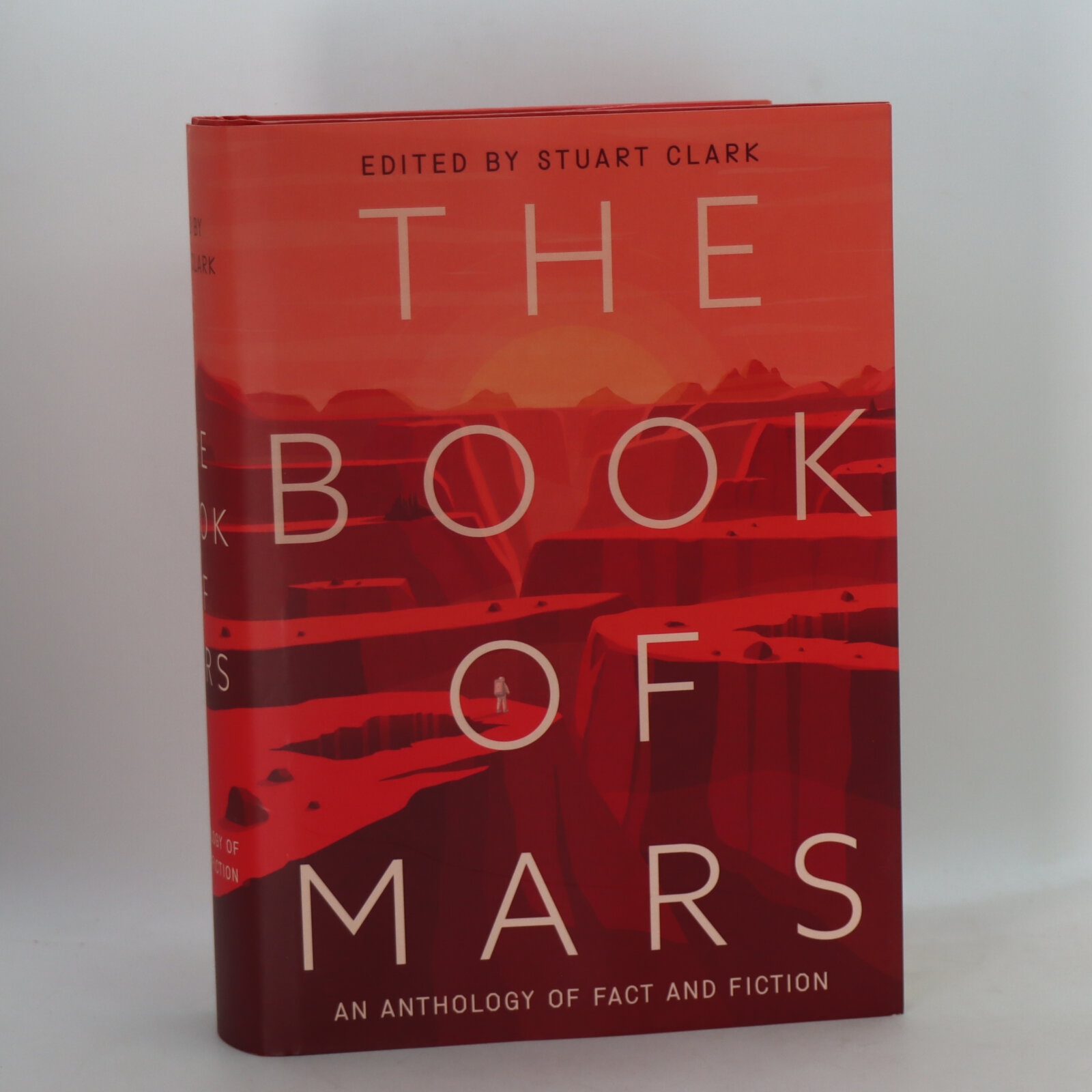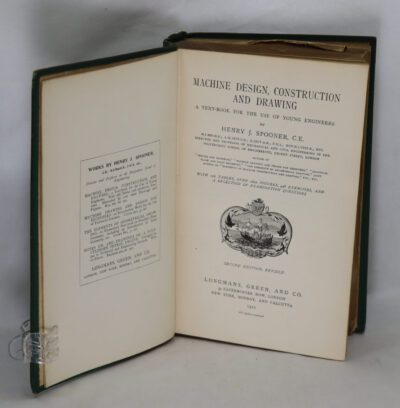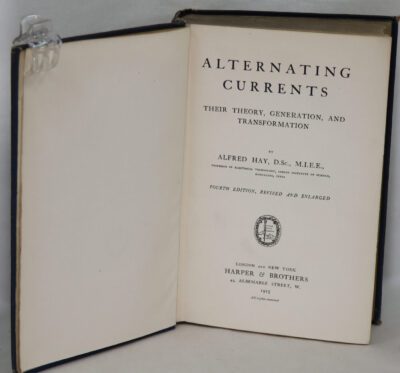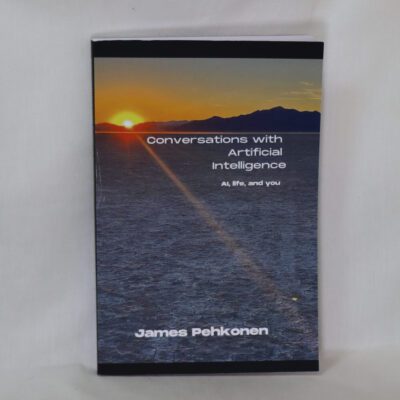The Book of Mars.
By Stuart Clark
ISBN: 9781801109291
Printed: 2022
Publisher: Head of Zeus. London
Edition: First Edition
| Dimensions | 18 × 25 × 6.5 cm |
|---|---|
| Language |
Language: English
Size (cminches): 18 x 25 x 6.5
Condition: As new (See explanation of ratings)
Your items
Item information
Description
In the original dustsheet. Red board binding with silver title on the spine.
F.B.A. provides an in-depth photographic presentation of this item to stimulate your feeling and touch. More traditional book descriptions are immediately available.
From myth to Musk, astrology to astronomy, Dr Stuart Clark selects the very best writing about the Red Planet. From its very first sighting, Mars has been a source of fascination for humanity. Named for the Roman god of war, this red planet has been explored more than any other beyond Earth and continues to occupy a distinctive place in our imagination. It’s an environment that may even foster life. In The Book of Mars, Dr Stuart Clark selects one hundred pieces of writing about the planet. It is a collection that brings together fact and fiction, dreams and fears, centuries of observation and more recent feats of interstellar exploration. From classic writers of science fiction – Stanley G. Weinbaum, Arthur C. Clarke, H.G. Wells, Ray Bradbury, Pamela Sargent, Roger Zelazny – to distinguished experts in astronomy, astrobiology and aerospace engineering; from Hugo and Nebula Award-winning authors – Kim Stanley Robinson, Mary Robinette Kowal – to trail-blazing journalists and science communicators; from Andy Weir’s The Martian to Elon Musk’s SpaceX programme, The Book of Mars is an extraordinary overview both of the Red Planet and of the way scientific investigation diffuses into culture.
Review: I don’t know if you’ve noticed, but every year Head of Zeus produce a huge anthology, which we usually get just before Christmas. In the past this has meant books on zombies, the New Weird, time travel and robots. Last year it was about ghosts (Ghost: 100 Stories to read with the Lights On Edited by Louise Welsh), a little late, but a great read. At nearly 900 pages of fairly small print, this year’s book is another impressively large tome, and on a topic dear to my heart. It was the enemy of Gerry Anderson’s Captain Scarlet (1968), the Mysterons from Mars, that were one of my first SF interests at the age of 4, not to mention those invaders from Mars in H G Wells’s War of the Worlds, which was one of the first ‘proper’ SF books I read at about 9 or 10 and one which started my journey to where I am now. So, I think that it is fair to say that my interest in Mars has been there for a long time. I am sure that it cannot be just me that has always had this interest, and I assume that it is this interest that inspired Stuart Clark and publishers Head of Zeus to publish The Book of Mars.
Its range is admittedly quite impressive. Unlike last year’s Ghost, which was all fiction, this book takes a more unusual step by mixing up fiction with non-fiction. It’s rather like a super-large copy of New Scientist magazine, interspersed with fiction. The book is divided into six logical sections, each theme presented “in chronological order, except for where a later analysis illuminates the works around it.” The first section is entitled ‘Dreams of Mars’ and shows us stories and articles that are most driven by imagination. These range from the classic – an extract from A Princess of Mars (1902) by Edgar Rice Burroughs, which shows us Mars as a high adventure story – to the more modern Lady Astronaut of Mars (2013) by Mary Robinette Kowal – as well as some non-fiction.
The second section is called ‘Observations of Mars’ and deals with showing us how our studies of Mars have progressed with increasing sophistication, from Camille Flammarion’s ‘latest observations’ in 1873(!) that explain quite reasonably how we could expect extra-terrestrial life on Mars to Duncan Howin-Marshall’s How the Ancient Greeks Set Us on the Path to Mars (2021).
The third section is called ‘Exploring Mars’ and shows us what can happen after we have observed enough. This includes Werner van Braun’s proposal to reach Mars in 1953, the relatively recent discovery of water on Mars written in 2020 and some fiction such as that by Henry Beam Piper (Omnilingual, 1957) and an extract from The Martian by Andy Weir in 2011.
The next is called ‘Fears of Mars’ and shows us that where some can see a utopia, others can see a source of anxiety in the past. Unsurprisingly, there’s Chapter X from H. G. Wells’s The War of the Worlds (1898), which typifies the scientific romance of the planet, but also more unusual fiction – Pied Piper of Mars (1942) by Frederic A. Kummer, which is typical 1940’s pulp, and for those fancying something with a more literary bent, try The Janitor of Mars (1999) by Martin Amis.
By comparison, the next section is titled ‘Life On Mars’ which concerns itself with the inhabitants of Mars, whether real or imaginary. This mentions Tesla’s attempted communications with Mars in 1901, the case for life on Mars by Christopher McKay written in 1998, and how we could and should govern Mars in the future in the article Planetary Protection in the New Space Era written in 2020.
In the section ‘Colonising Mars’ we have what could happen if humans migrate to the planet, which includes The Million Year Picnic from Ray Bradbury’s The Martian Chronicles (1946), and Arthur C. Clarke’s Chapter 11 from his early work The Sands of Mars (1951), not to mention Chapter 2 from Philip K. Dick’s Martian Time-Slip (1964). It is the biggest section in the book, not only covering a variety of fiction but also how to survive on Mars in the near-future and beyond. The last article, by Christopher E. Mason, is an extract that looks at how genetics may help us there. It reminded me of Frederik Pohl’s Man-Plus (1976) which could also have gone here.
I did find it interesting mixing the non-fiction with the fiction. I’m sure if you just wanted to read the fiction, then there is enough here to make it worth your while. Many of the expected fictional works are here, even if sometimes only as extracts – Edgar Rice Burroughs (Princess of Mars), C. S. Lewis (Out of the Silent Planet), Philip K. Dick (Martian Time-Slip), H.G. Wells (War of the Worlds), Ray Bradbury (the Martian Chronicles) and Andy Weir (The Martian), are all as extracts whilst Roger Zelazny (A Rose for Ecclesiastes), Stanley G. Weinbaum (A Martian Odyssey) are classic famous stories involving Mars. Whilst it is good to revisit old favourites, there’s also some pleasing selections that are from well-known names, but not their more famous works – Arthur C. Clarke (The Sands of Mars), Jerome Bixby (The Holes Around Mars) and Martin Amis (The Janitor on Mars), for example. And then there are less well-known authors (to me anyway!) but with just as good stories. I loved the mood created by Henry Beam Piper’s Omnilingual (1957), a story that for me epitomises the optimism and enthusiasm of planetary colonisation in in the 1950’s. More recently, Mary Robinette Kowal’s Hugo Award-winning Novelette The Lady Astronaut of Mars (2013) impressed me more than the consequential novels set in the same alternate universe, as like Omnilingual it felt initially like an SF adventure story but was pleasingly contemporary. Cassandra Khaw’s When We Die on Mars (2015) tells of a future attempt to colonise Mars, which despite its challenges is ultimately hopeful. Cherise Saywell’s Pieces of Mars have Fallen to Earth, also from 2015, is an affecting story of love and friendship about the people left on Earth whilst their children go to the Red Planet. There are many others to read, just as good.
Alternatively, you could look at each section separately, as there’s enough variety in each to give a fully considered and reflective viewpoint on each.
After spending some time with this book though, I found myself going into all sorts of rabbit holes by dipping into the book almost at random. For example, you could just look at the challenges created by getting to the Red Planet and existing there. You want to know what it will take to get to Mars? Read about what Elon Musk’s plans with SpaceX are in the article Who Owns Mars (2018) by Tomas Sidenfaden, which tells all, or Leah Crane’s ‘complete guide’, Mission to Mars also written in 2018. How would we eat on Mars? Try Kate Greene’s Once Upon A Time I Lived on Mars (2021), or James Romero’s Turning the Red Planet Green from 2020. You could just read through the various missions to Mars so far and those proposed in the future. You want to know what the purpose of the Curiosity Rover is? Try Robin McKie’s article from 2013. Alternatively, how about the challenges faced by Ingenuity, planning to fly a helicopter on another planet? Try the chapter written by Paul Parsons in 2020. How about the Russian attempts, with varying degrees of success, to reach Mars with landers in the Space Race of the 1970’s? There’s an article by Andy Heil, written in 2020.
Alternatively, you can weave other pathways through other than just the straight-scientific. There are some chapters that analyse fiction about Mars – I found quite interesting a chapter analysing C S Lewis’s use of Luna and Mars in his fiction, which made me want to reassess his work. I also enjoyed the chapter on how Science Fiction films have portrayed Mars, with material as diverse as Frankenstein (1931), Total Recall (1990) and The Space Between Us (2017).
If you wanted to just focus on how the planet has been examined in fiction, you could try, for example The Million Year Picnic by Ray Bradbury, a not-at-all realistic story about ancient Martians but yet still carries an air of magical mysticism and elegy for aliens that never lived, compare that with something more realistic but dated, such as Clarke’s 1950’s version of planetary exploration from The Sands of Mars, or for a more up to date version, Andy Weir’s first few chapters from The Martian about how Mark Witney plans to survive for months using his own created soil and potatoes.
There’s even some of the esoteric elements of Mars explored, looking at the psychological effects as well as the scientific, from an article on The Face of Mars (Sally Stephens, 1993) to an examination of Mars and the Paranormal (2008) and even Mars’s importance in The Zodiac (1880). With fiction and non-fiction ranging in age from the very recent (2021) to over a hundred years ago (1873), I did find it fascinating to see how views change with better technology and greater understanding over time. I am pleased to say that as a non-scientist I did not find any of the non-fiction overly complex, although you may find that they simply raise more questions in the enquiring mind.
In summary then, this book covers a diverse and eclectic range of elements of Mars – what we thought about it, what we imagined it to be, both positively and negatively, what it actually is like and our fears and hopes for it, in the past, the present and possibly the future. For that reason, this book is an essential piece of reading for anyone who, like me, has ever had an interest in our planetary neighbour. It is a book you can read a section at a time, you can dip into, read just the fictional aspects or focus on our present knowledge and understanding of the Red Planet. It is an ambitious book, but I am pleased to say that The Book of Mars doesn’t let me down – even with no mention of the Mysterons! I am sure that there will be suggestions made as to other work that should/could be included (my most noticeable exceptions I could think of were Kim Stanley Robinson’s Martian series and Frederik Pohl’s Man Plus), but for me this is exhaustive.
The Book of Mars is a book to be savoured, to be read and then reread. I am sure that I will keep coming back to it time and time again, for information, for entertainment, or just to see where I can go. (What did they say about the ownership of Mars? etc, etc.) I read stuff, I learned stuff, I laughed, I was excited, I was moved emotionally. This is another tome that will make a superb present, and one that will repay repeated sittings. I thoroughly enjoyed reading it.
Want to know more about this item?

Share this Page with a friend












